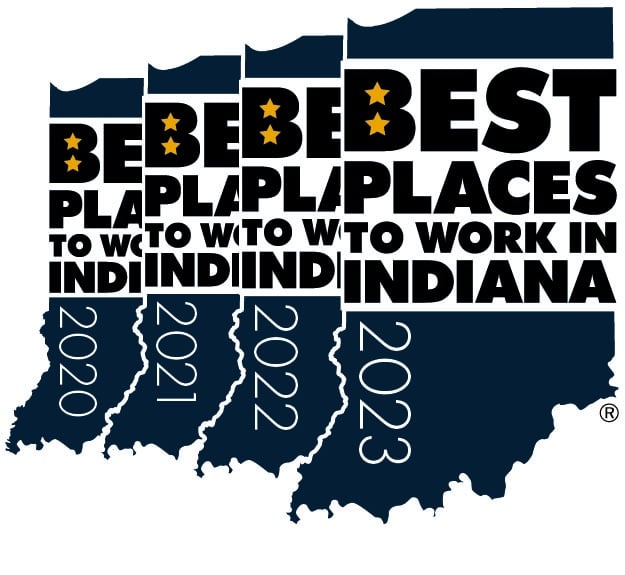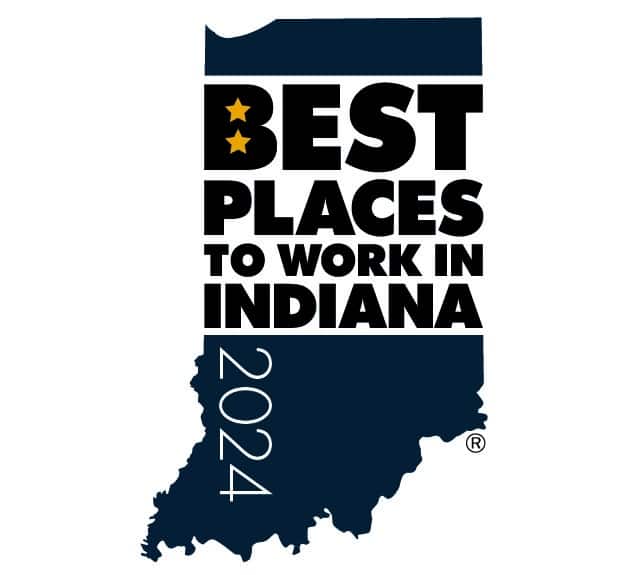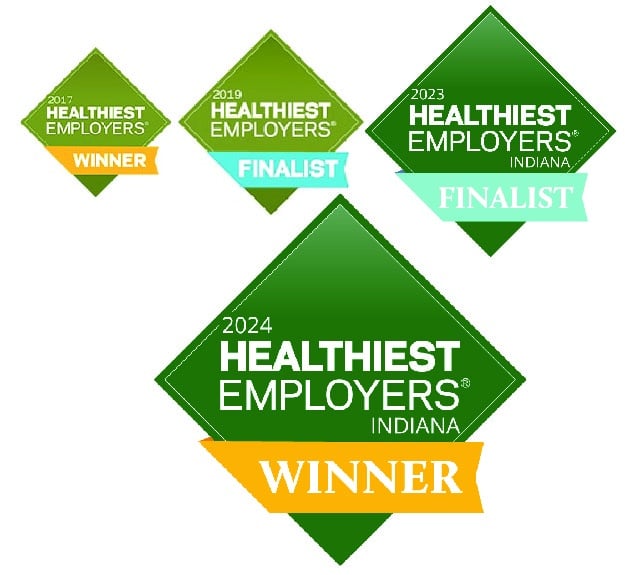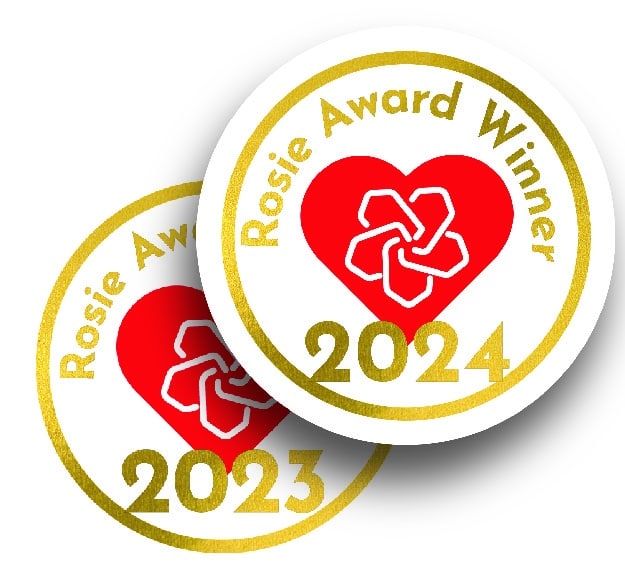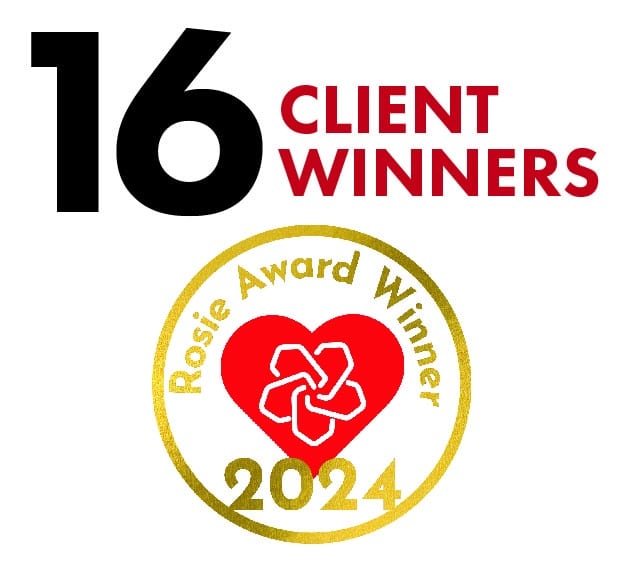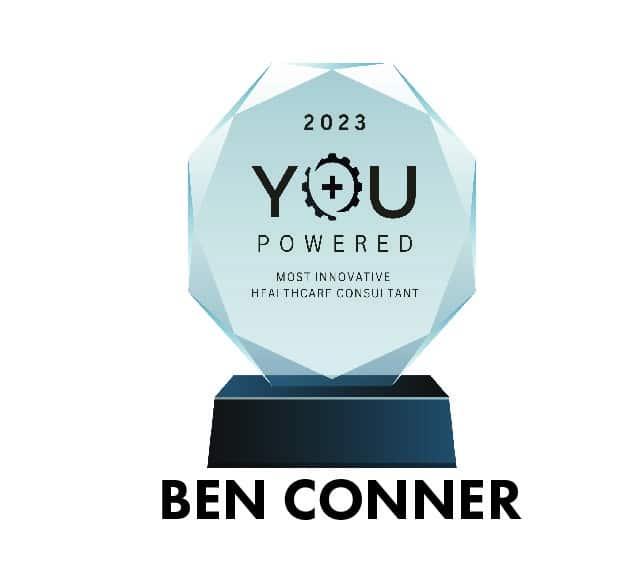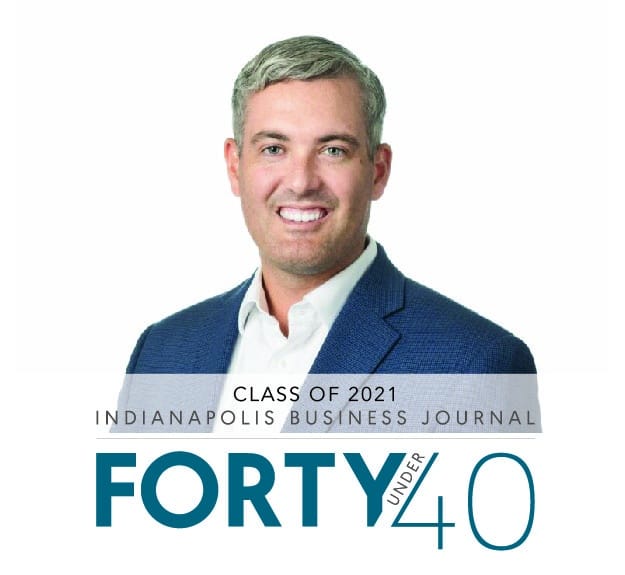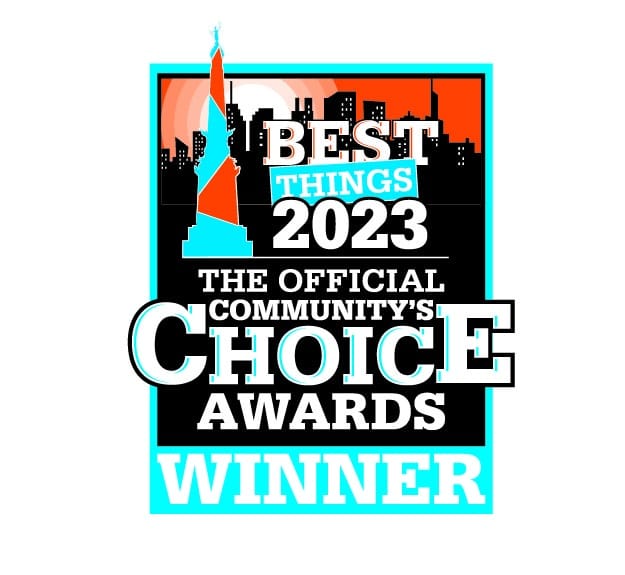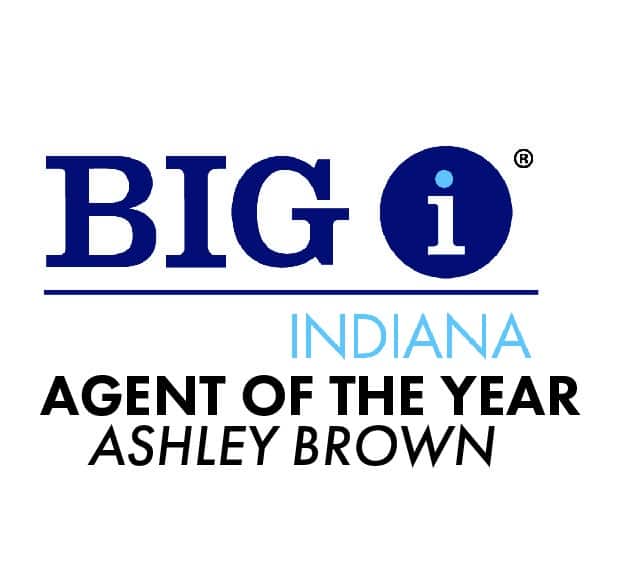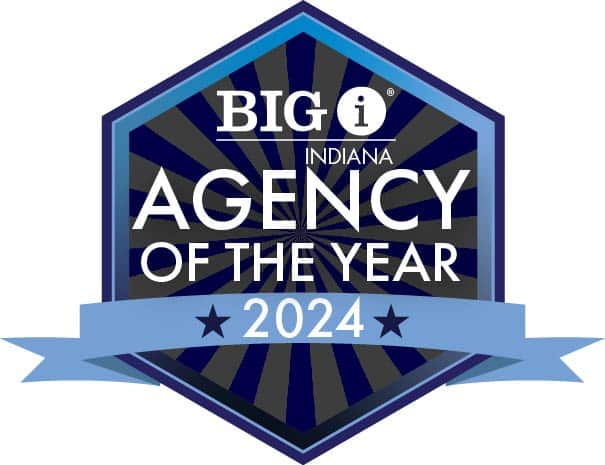Sustainability and Your Benefits Program
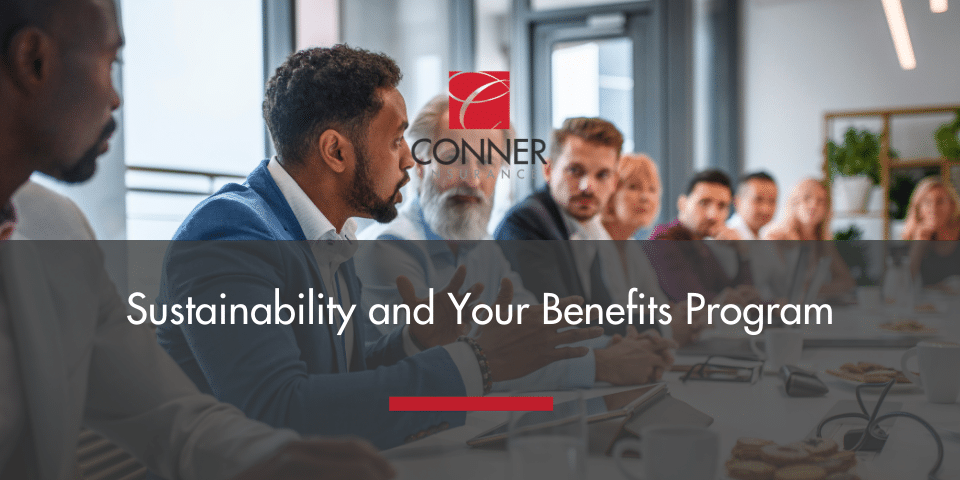
Sustainability and Your Benefits Program. Heading into 2024 has many C-suite leaders worried. As the economy continues to slow and inflation proceeds to rise, some businesses are struggling to foster company growth, and while adapting budgets and managing costs are top of mind during these times, it is important not to overlook your employee benefits programs.
Employee compensation contributes to a significant portion of company costs, with benefit programs being a solid contributor. Figures from the U.S. Bureau of Labor Statistics show that employer costs for workers averages $43.26 an hour. Wages make up about 70 percent of this number, which means benefits account for just over 30 percent of total compensation.
With a percentage that high, employee benefits programs should be examined closely to ensure funds are being allocated in the most cost-effective and meaningful way. Any changes made to your benefits program should be strategized with an experienced consultant who can gain valuable insights into your plan, such as how — or if — your employee's needs have shifted, and which areas of your plan need to be addressed.
Without data-driven analysis, making changes to your plan can be challenging. For example, making cuts to valuable areas of the plan could cause employees to become dissatisfied with the offerings, affecting long-term retention and recruitment efforts. On the other hand, high contributions made to underutilized programs could be taking funds away from other areas of the organization.
With a clear strategy in place, your benefits program can be the best way to contain and optimize costs so you can continue to grow your company.
QUESTIONS TO ASK.
Speak to a consultant who truly understands your company, your people, and your mission. Your consultant should be able to offer innovative and successful ways to provide great benefits at a low cost.
If your consultant, or broker, only provides quotes and options when requested or contacts you days before open enrollment begins, you may not be receiving the attention your benefits program deserves. To help determine how your benefits program is performing, consider asking these questions:
- Do employees see value in their current benefits program?
- What are some strategies to bring awareness and promote the value within your benefits program?
- How can your benefits program become more sustainable over time? Are there opportunities to reduce costs??
- Does your benefits program reflect the new talent landscape? What changes can be made to attract and retain employees in today’s labor market?
- What could a three or five-year strategic plan look like for your company’s benefits program?
By discussing data and reviewing your benefits program with your consultant, you can create a sustainable program that is compatible with your business and your people. Questions and concerns should be addressed with your consultant throughout the year, not just at renewal time. With consistent communication, any changes to the program can be implemented slowly, in a way that doesn’t disrupt the workforce.
DON’T OVERLOOK YOUR BENEFITS PROGRAM.
Costs may continue to rise over the next several years, affecting all industries. Whether the concern is overhead expenses or fulfilling employee wage demands, employers need to discover ways to reduce costs while still fostering company growth.
A well-designed, strategic benefits program can impact company growth and generate cost savings that can be allocated to other areas of the company. With the right consultant, your benefits program could be a key component in containing and optimizing costs. If you want to discuss your options, let’s chat.

